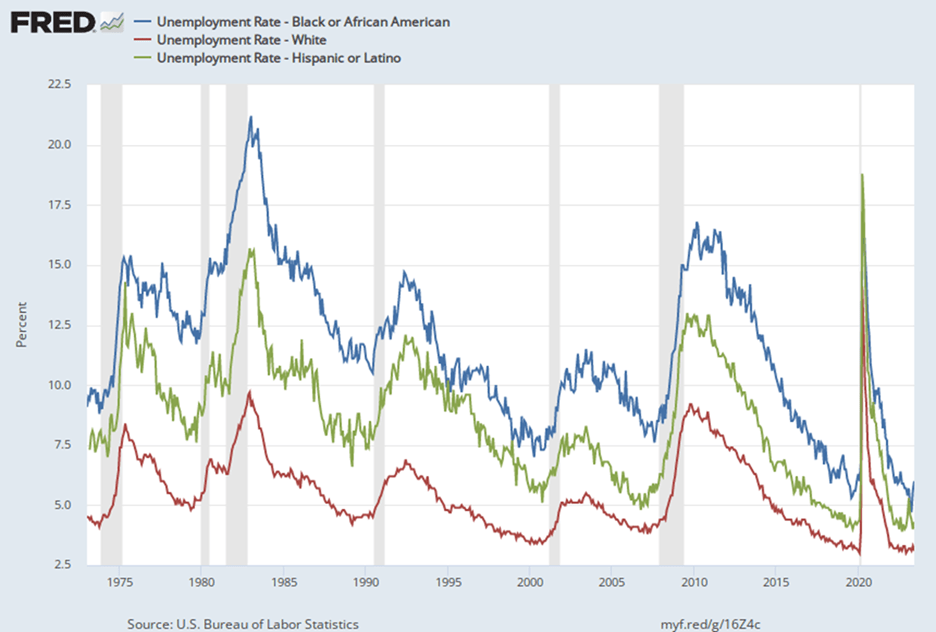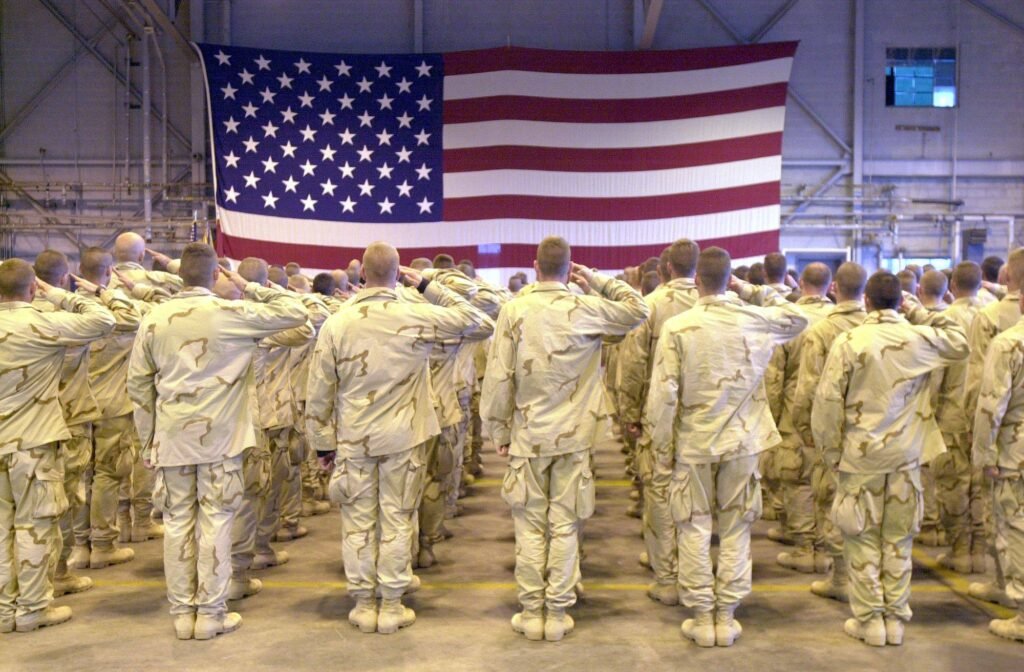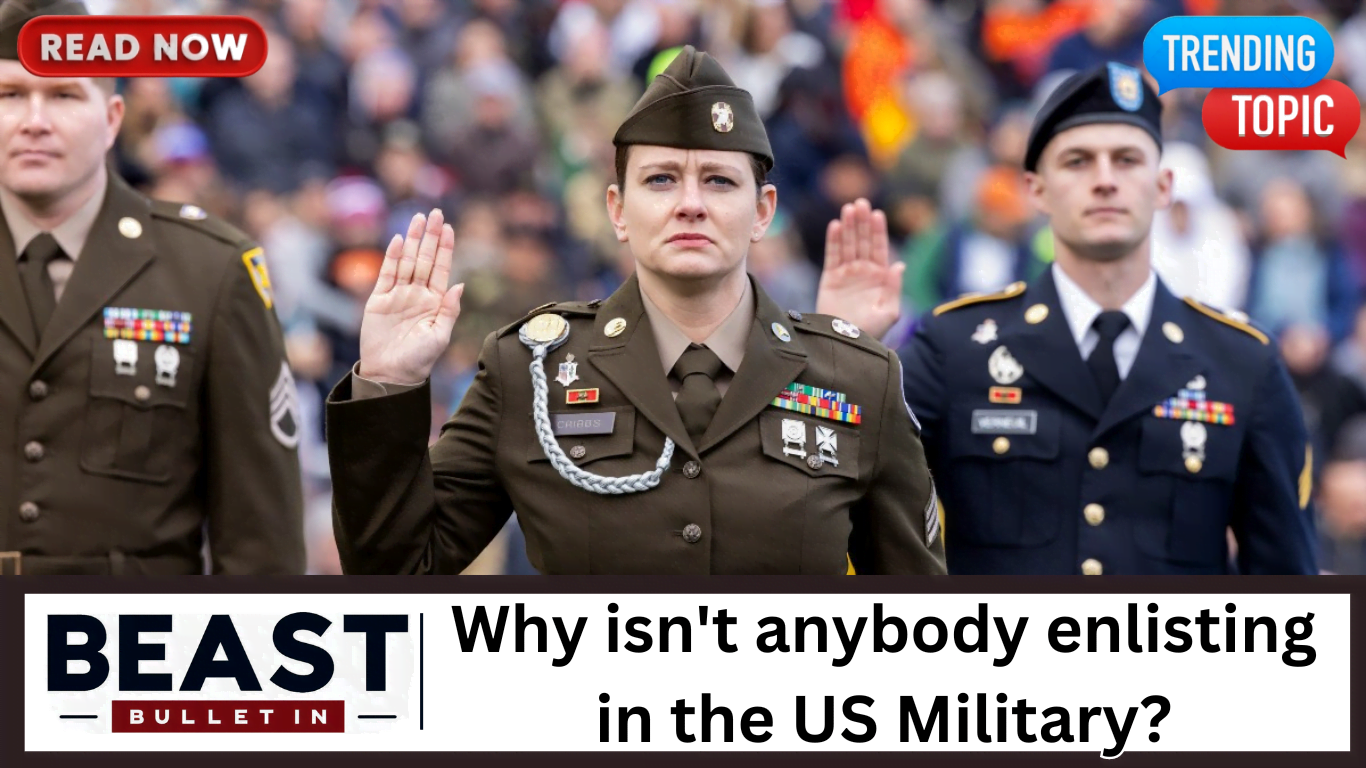Alright folks, listen up. Have you noticed how the military is having a hard time getting recruits lately? Enlistment numbers are way down and Uncle Sam is getting desperate. What gives? Don’t young people want to serve their country anymore? Well, hold on to your hats, because the reasons behind this recruiting crisis are complicated. Stick with me as we dive into why hardly anybody is signing up these days. I’ll give you the straight scoop on how the military has lost its appeal for the latest generation. You’re going to learn the top theories on why recruitment is in the toilet. Trust me, this situation is a big deal with implications for our national security. So keep reading as we explore why the troops can’t get no respect from new recruits.
The Declining Enlistment Rates in the US Military

Fewer Qualified Candidates
According to recent surveys, only 23% of young Americans between 17 and 24 years old qualify to join the military. This is down from 79% in the 1980s. The main reasons for disqualification are obesity, lack of education, and criminal records. With higher standards and a smaller pool of candidates, the military is struggling to meet recruitment goals.
Changing Perceptions of Military Service
Public support for the military has declined significantly over the past few decades. Confidence in the military as an institution dropped from 70% in 1981 to 45% today, according to the Reagan National Defense Survey. This erosion of trust and patriotism has made the military a less appealing career choice for many young people.
Perceived Risks and Dangers
With the wars in Iraq and Afghanistan, many see military service as extremely dangerous with a high risk of physical or psychological harm. Although the majority of military jobs are non-combat roles, the perception of risk is still a strong deterrent for potential recruits.
Competition from Other Opportunities
Young people today have more opportunities than ever before. They can pursue a college education, travel, build a business, or chase any number of dreams that don’t involve military service. For many, the military is no longer the most appealing or accessible path to success and prosperity.
The declining enlistment rates threaten the military’s ability to fulfill its mission. With targeted recruitment campaigns, educational benefits, and competitive pay, the military hopes to reverse this trend and attract motivated, qualified candidates. But as long as perceptions of risk and a lack of public support persist, recruitment will likely remain an uphill battle.
Factors Contributing to Low Enlistment Numbers

A Strong Economy Means More Options
Today’s youth have more career and education options than ever before thanks to a strong economy. Generation Z grew up during the recession and values job security, so they’re exploring paths beyond military service. With college enrollment high and the gig economy booming, enlisting isn’t the only viable choice for work or skill-building.
Distrust in Institutions
Generation Z tends to be wary of large institutions, and the military is no exception. Many see the military as bureaucratic and slow to change, not transparent or inclusive. Stories of inadequate healthcare, sexual harassment, and faulty equipment have damaged the military’s reputation. For an generation concerned with ethics and social justice, these institutional failures are deeply troubling.
Fewer Qualified Candidates
Not all young Americans meet the military’s standards for enlistment. Obesity, prescription drug use, and criminal records are increasingly common barriers. The military aims for high school graduates, but graduation rates have declined in recent years. Of those who do graduate, many lack proficiency in areas like science, math, and reading — skills the military values. Stricter standards, combined with a shrinking pool of qualified candidates, make recruitment difficult.
Changing Values and Priorities
Today’s youth have different priorities and values than past generations. They tend to value work-life balance, autonomy, and self-expression more than job security or prestige. Military life, with its regimented lifestyle, frequent moves, and potential for deployment, does not align well with these priorities. For some, the emphasis on teamwork, hierarchy, and self-sacrifice represents an outdated model they do not wish to join.
With a strong economy, distrust in institutions, a shrinking pool of qualified candidates, and a generation with evolving values, it’s no wonder military recruitment faces substantial challenges. Of course, for some youth, the military remains an attractive path, but overall, the armed forces struggle to compete in today’s marketplace. Recruitment will require fresh strategies that speak to the priorities of Generation Z.
How the Military Is Addressing the Enlistment Crisis

The U.S. military is making major changes to overcome recruitment challenges. Recognizing that traditional recruitment methods are outdated, the Army and Air Force have updated their approaches to appeal to 21st-century candidates.
Shift to Digital and Social Media
The military is expanding its digital footprint, using platforms like YouTube, Instagram, and live-streaming to reach younger generations. The Army’s “What’s Your Warrior?” campaign is a prime example, using an interactive website and social media to educate potential recruits about different career paths. The Air Force now advertises on streaming platforms like Hulu and Spotify to increase visibility.
Appealing to Wider Range of Candidates
The military is working to dispel myths about who can serve. For example, the Army is trying to appeal to candidates who may not see themselves as stereotypical “soldiers,” like those interested in science, technology, engineering, and math. The Air Force’s “Redefine Your Limits” campaign highlights the diversity of roles available, from pilots to engineers to healthcare professionals.
Increased Benefits and Flexibility
The military has improved benefits and options to balance work and life. Educational benefits have expanded, including more generous GI Bill provisions. Both the Army and Air Force offer part-time service options for some roles, such as the Army Reserve and Air Force Reserve. The Army has increased enlistment bonuses for critical roles and expanded family benefits.
While the military faces significant challenges, its dedication to evolving recruitment strategies will help address staffing shortages. By leveraging technology, highlighting the diversity of opportunities, and improving benefits, the Army and Air Force are poised to meet enlistment goals and continue protecting national security. Candidates have more options than ever to find their place serving their country.
What the Future Holds for US Military Enlistment

The US military is in a tough spot. With recruitment goals continually missed over the past few years, the future is uncertain. However, new strategies are in the works to turn things around.
Revamping Recruitment Tactics
The military recognizes that traditional recruitment methods just aren’t cutting it anymore. Things like TV commercials, billboards, and recruitment booths aren’t resonating with younger generations. As a result, the Army plans to focus more on targeted social media campaigns and meeting potential recruits where they already are – online. They’re also considering offering more part-time roles and remote opportunities to attract those looking for more flexibility.
Competition from the Private Sector
The job market for young adults today is more competitive than ever before. The military has to contend with private companies that can often offer higher pay, valuable skills training, and an appealing work-life balance. For many, the military lifestyle simply isn’t as attractive. The armed forces will have to find ways to highlight the unique benefits of service to sway top talent. Things like education benefits, healthcare, retirement plans, travel opportunities, and career growth potential should be promoted.
Shifting Perceptions
There are also shifting perceptions about military service that create barriers to recruitment. Some see the military as an “old school” institution that isn’t progressive or forward-thinking. Others believe military roles are too rigid, strict or physically demanding. Of course, there are real risks and challenges to military service, but there are also many misperceptions. The DoD will have to work to dispel myths and ensure the military is seen as an attractive option for anyone looking to serve their country, gain valuable experience, and access life-changing benefits and opportunities.
With a renewed recruitment strategy focused on highlighting the benefits of service, meeting potential recruits online, and addressing misperceptions, the future can still be bright for US military enlistment. However, there is much work to be done to turn the tide and meet critical recruitment goals in the coming years. Success will require an innovative approach and a willingness to evolve with the changing times.
FAQs on Enlisting in the US Military
What are the minimum qualifications to enlist?
To enlist in the U.S. military, you must meet some basic qualifications. You must be between 17 and 35 years old, have a high school diploma, and be a U.S. citizen or permanent resident. You’ll also need to pass the Armed Services Vocational Aptitude Battery or ASVAB test, a medical exam, and a background check. Some waivers are available for certain medical conditions or low ASVAB scores.
What jobs or roles are available?
There are over 150 roles to choose from across the Army, Navy, Air Force, Marines and Coast Guard. Roles range from combat positions to administrative, medical, and technical support. You can work as an aircraft mechanic, military police officer, truck driver, computer specialist, and more. The specific jobs available will depend on your qualifications, ASVAB scores, and the needs of the military branch you choose.
How long is the enlistment contract?
When you enlist, you sign an enlistment contract for a fixed period of service, typically 2 to 6 years of active duty. The exact length will depend on the job you choose and the branch of service. In some cases, you may owe additional time in the Reserves. You can reenlist for additional years at the end of your initial enlistment if you choose.
What are the benefits of enlisting?
Enlisting in the U.S. military provides many benefits like healthcare, education benefits, retirement plans, tax-free housing and food allowances, paid vacation and holidays, bonus pay for certain roles, and life insurance. You’ll gain valuable skills and training for a future career. You’ll also have the opportunity to serve your country with honor.
The military isn’t for everyone, but for those seeking challenge, career opportunities, education benefits, and a chance to serve, enlisting can be very rewarding. Talk to a recruiter to learn more about your options and find the right opportunity for you.
Conclusion
So in the end, it really comes down to you. Are you willing to make the sacrifices required to serve your country in the military? The choice is yours to make, but don’t take it lightly. Talk to veterans, recruiters, and your loved ones to get their take. Do your research to understand what you’re signing up for. If you decide to take the plunge, know that it will challenge you in ways you can’t even imagine now. But you’ll come out stronger, wiser and with a sense of purpose and pride that most people search for their whole lives. The question remains – will you answer the call? Whatever you decide, make sure it’s the right choice for you.






















